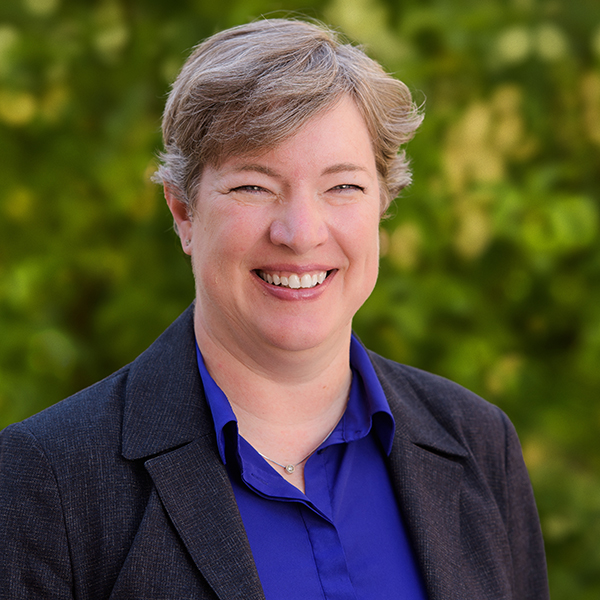Summary
Task. Create a classification system that identifies spatial and temporal trajectories of desert/rural to urban land use change
Many urban change analyses are based on simple classification schemes and analyzed through either sequencing of events (vacant to agriculture to urban at a single location) or transition matrices. Analyzing land use change via a sequence of events permits a view of change only at one geographic location. Analyzing land use change via a transition matrix limits the analysis to two time periods. Nevertheless, many land use databases can now have more detailed classification system over large geographic regions at multiple time periods. We plan to investigate detailed land use change trajectories at selected locations. Locations will be selected from the 200 point survey locations. Our goal is to better understand the transitions that occur in urban environments and what motivates those changes. To do so we plan to construct a spatio-temporal transition classification system that allows for the dynamic exploration of land use change over multiple time periods. The goal is to develop greater insights into the spatial dynamics and temporal sequencing of events, creating multiple models of change during different time periods in the history of the Phoenix SMSA and pointing to possible trends in other cities of the American Southwest and further afield.
This project fits into the land use and land cover change aspects of CAP2. While work by ASU and other scholars has been able to paint broad brushstrokes of human-environment relationships in the Phoenix SMSA this research innovates and adds to current efforts by undertaking detailed, plot level land use and land cover change histories on the 200 point survey locations. The research plans to study both the human mediated land use change and the potential ecological impact of past and current changes, complementing numerous efforts of both IIS, the Center for the Study of Rapidly Urbanizing Regions, and the CAP-LTER. We expect the outcomes to benefit researchers needing to understand the dynamics of urban growth. A further benefit is that the detailed studies will be performed at several of the 200 point survey locations, so researchers using those data will benefit from understanding how the land uses have changed over time. The refined understanding of land use and land cover change in a subset improves our overall understanding of urban ecological dynamics and may point to hidden signals of environmental and social feedback in past transitions.
To undertake this research we will employ a graduate student RA at 50% fte. The RA will hopefully be able to begin research in the summer of 2005 and continue through the academic year 2005-2006.
The specific duties of the RA will be:
- To help select the locations for the detailed land use change studies from the 200 point sample.
- To study historical records of land use and zoning on the points selected for the detailed study.
- To in concert with faculty develop innovative methods for understanding urban environmental histories including the study of remotely sensed images, qualitative methods by interviewing residents, planners, and others, and to build scenarios and narrative models of land use change.
The RA selected for the position is currently a masters student in the Department of Geography. Her research interests are in land use/land cover change. Her primary advisor is Dr. Eric Keys, who will be responsible for supervising her work. We anticipate that the results of the RA will be incorporated into her masters thesis research.



 Elizabeth Wentz
Elizabeth Wentz